Smartphones & Tablets | August 18, 2023
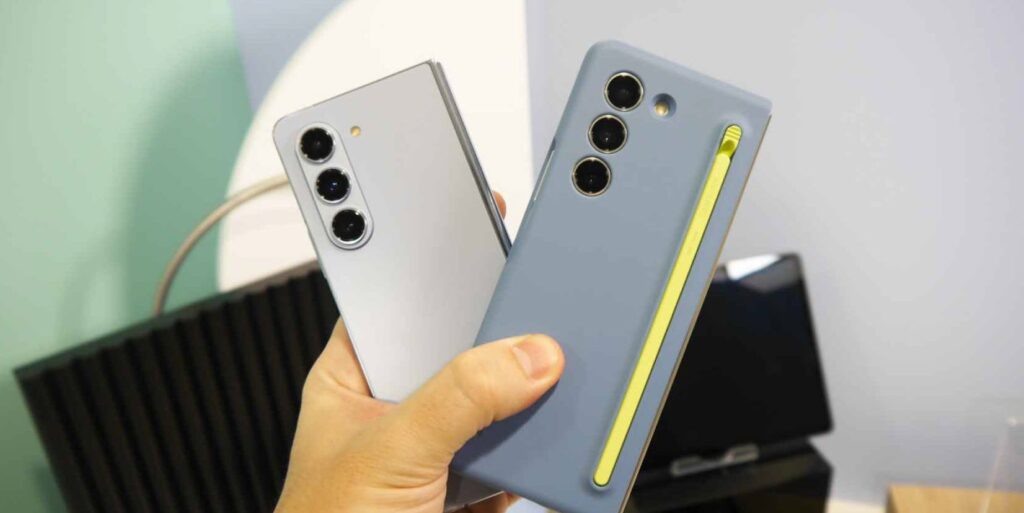
In Seoul, Samsung held its Unpacked event, where it presented its new phones, watches, and tablets for all the markets where the company operates, including Spain. We will see the new products in our country in a few days, among which the Galaxy Z Flip 5 and Galaxy Z Fold 5 stand out. The latter is a smartphone that doesn’t revolutionize compared to its predecessor but does improve key aspects such as design and hinge.
This model remains one of the few book-style foldables available in Spain and Western markets, which leaves Samsung with little competition. There are more options among clamshell-style foldables, with brands like OPPO or Motorola launching their proposals. In Spain, the price for the Samsung Galaxy Z Fold 5 with 256 GB storage is 1,909 euros, the 512 GB version costs 2,029 euros, and the 1 TB variant reaches 2,269 euros. Pre-orders are already available in Spain from today until August 10th, allowing customers to get the 512 GB model for the same cost as the 256 GB variant. An important note: the 1 TB version comes with the gift of the Slim S Pen Case and Buds2 Pro earphones.
In our country, only HONOR has a proposal that directly competes with Samsung’s Z Fold, the Honor VS, a device we tested a few months ago and is the only real alternative to Samsung’s Fold in our market. Yes, there’s also the Huawei Mate X3, but the lack of Google services makes it less recommendable.
The transition from the Samsung Galaxy Z Fold 2 to the Z Fold 3 brought a slight change in the aesthetics of these devices, mainly due to the camera module. Last year’s model was extremely conservative compared to the previous one, and this time we see the same trend.
At first glance, it would be difficult to distinguish between a 2022 Fold and a 2023 Fold if it weren’t for one significant change that Samsung has made. For the first time, its foldables no longer leave a gap between the two parts of the screen when closed. This has been made possible by using a new hinge and a water-drop folding system, allowing the panel to move inside the device without the need for gaps when closed.
This is the same technology that brands like OPPO or Motorola have used for a couple of years, and Samsung has finally opted to implement it. Still, it’s one of the few external changes we see, and it shows that Samsung is comfortable in this sector, without brands pushing it and forcing innovation, as happens with clamshell-style foldables. That’s why the Flip 5 now has a massive external display.
However, credit must be given to Samsung for making its book-style foldable substantially lighter, although it remains heavy, and it has a slimmer profile. Both of these factors are crucial when using a foldable, as we discussed in our experience after a year of using this type of device. I was pleasantly surprised when I got my hands on it; the change is much more significant than what photos and videos suggest, and it’s only noticeable when holding it.
Samsung continues to use a dual-screen setup, with an elongated external screen and an almost square internal screen. Samsung didn’t follow what OPPO or Google did; either they decided it wasn’t the best approach, or they didn’t find it suitable. However, the quality of the internal display has been improved, with higher brightness levels, now reaching 1750 nits, the same as the Samsung Galaxy S23 Ultra.
The performance also improves with the use of the Snapdragon 8 Gen 2 for Galaxy, a variation of Qualcomm’s powerful processor that should enhance the battery life of this device, which is not among the most impressive, although we will conduct thorough tests when we can analyze it in-depth. There are no changes in RAM and storage compared to what we saw last year.
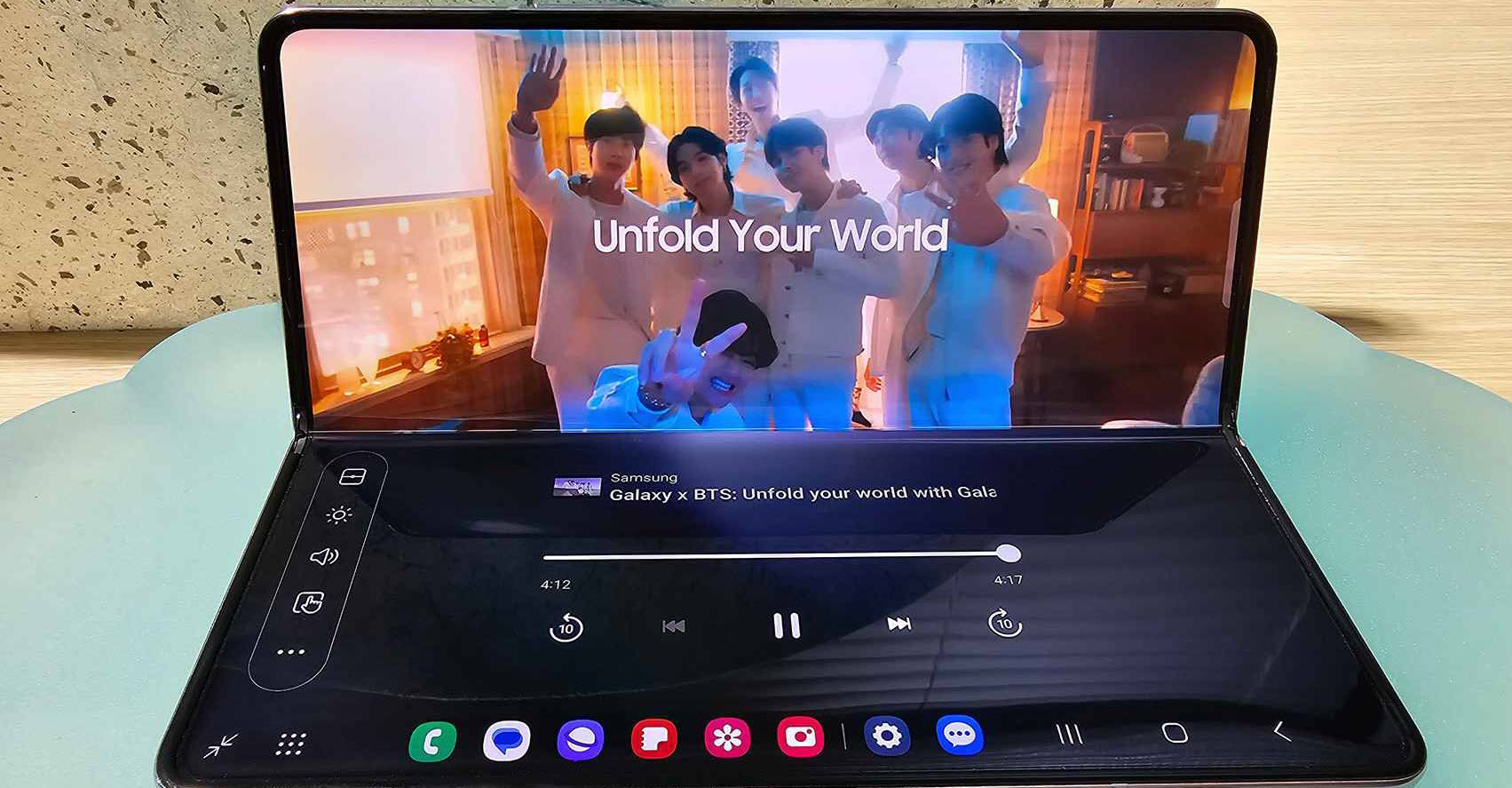
There are changes in cooling, with a 35% larger vapor chamber. This should make a difference in maintaining peak performance for a longer time without consuming much energy.
Samsung’s software remains its greatest strength, and it’s evident that they have been working on it for years. All the novelties we’ve seen in previous generations of foldables are still present, such as the tripod mode and the ability to have an app dock at the bottom, making it resemble a computer. This bottom bar now holds four recent apps, not three, or at least that’s what Samsung has told us. We didn’t see that change in our tests, but it’s possible that the test units did not have the latest software version.
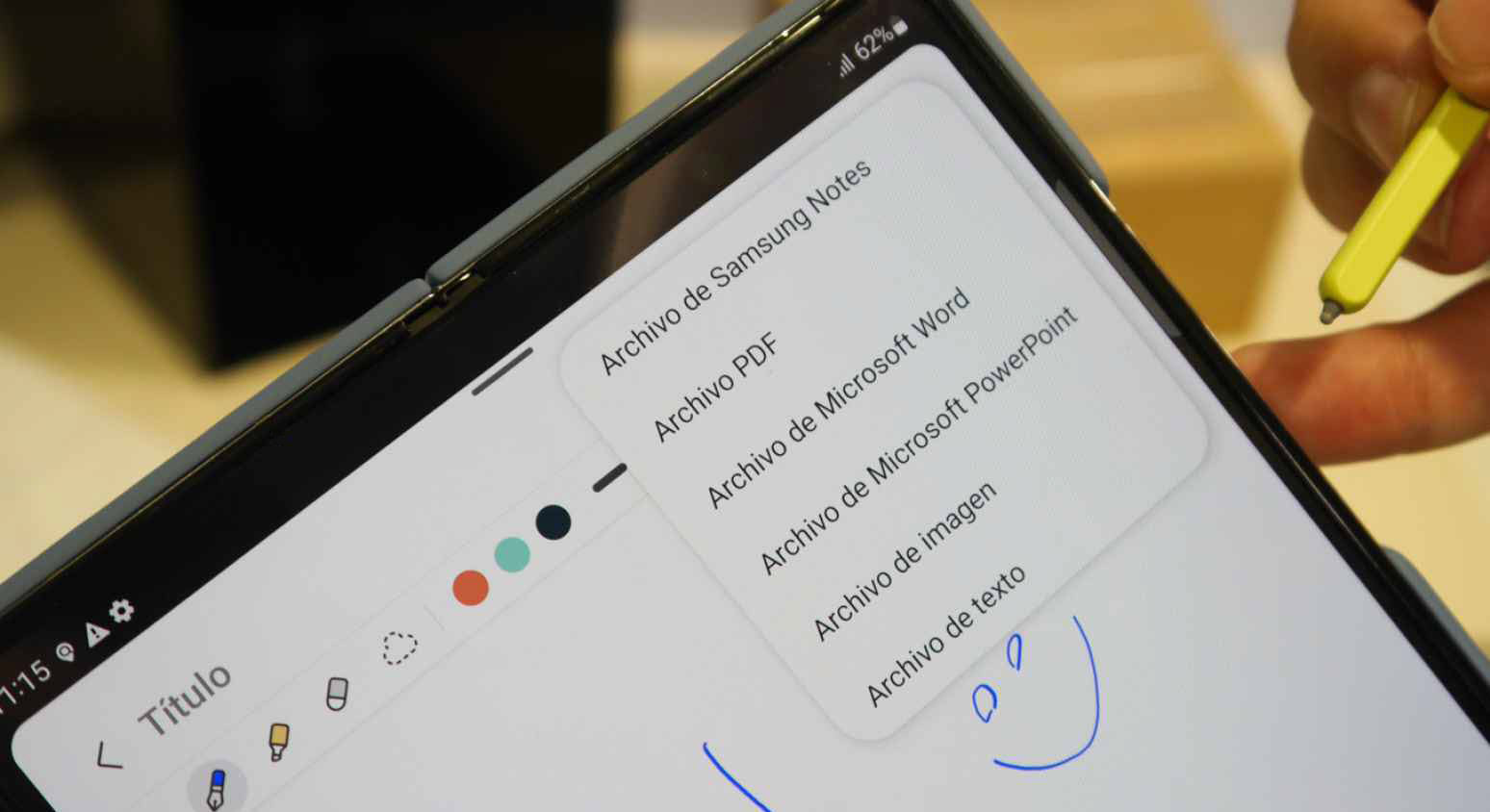
Among the novelties is the option to temporarily hide the floating windows, leaving them on the side, so that you can do something else and easily bring them back to the front. We can also drag images from one app to another using two fingers, without the need for multi-window mode. The Flex mode has advanced features, especially in certain optimized apps, and here it’s clear that Samsung has spent more time and resources to improve the experience of using this type of device. In this model, this function is better utilized than in the Flip, given its larger screen size.
There are no changes in key areas such as battery, which remains at 4400 mAh, the maximum charging speed, wireless charging, IPX8 resistance, or the cameras. Everything remains the same as last year, so upgrading from a Z Fold 4 to a Z Fold 5 is unnecessary.
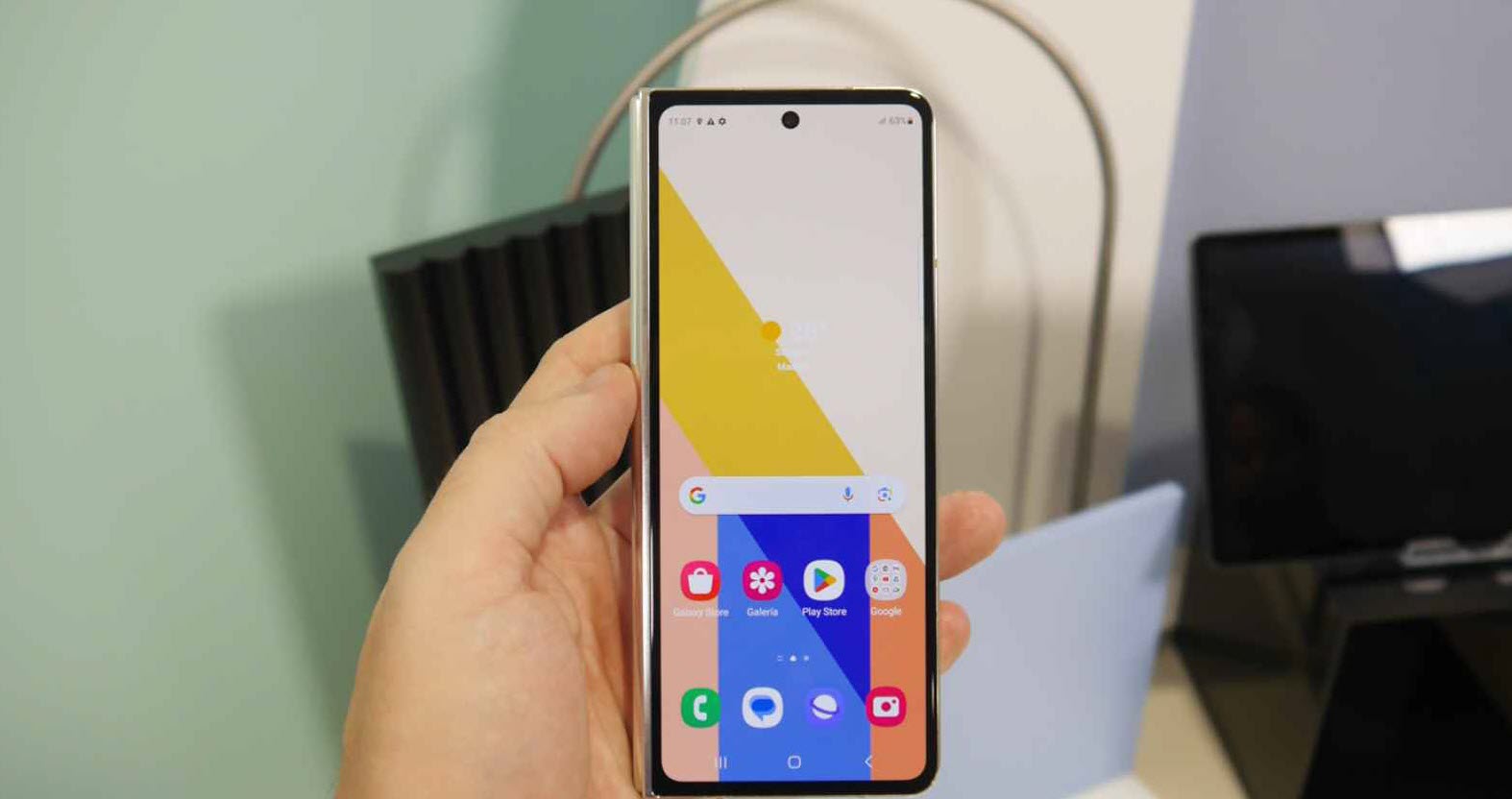
The S Pen also has no changes, although now there’s a case available where we can store the S Pen, so we don’t need to carry it separately, as we criticized in previous generations’ models. This case, along with others presented, shows that Samsung has put more care into them, with better finishes, less thickness, and improved design.
Samsung didn’t take risks with the Galaxy Z Fold 5. It didn’t need to, as it faces little competition in Spain. There might be some rivals in terms of price and design, but the software is crucial in this type of foldable, and that’s where the Korean brand wins by far. Nevertheless, this year they made efforts to improve the feel in hand, reduce the thickness, and decrease the weight.
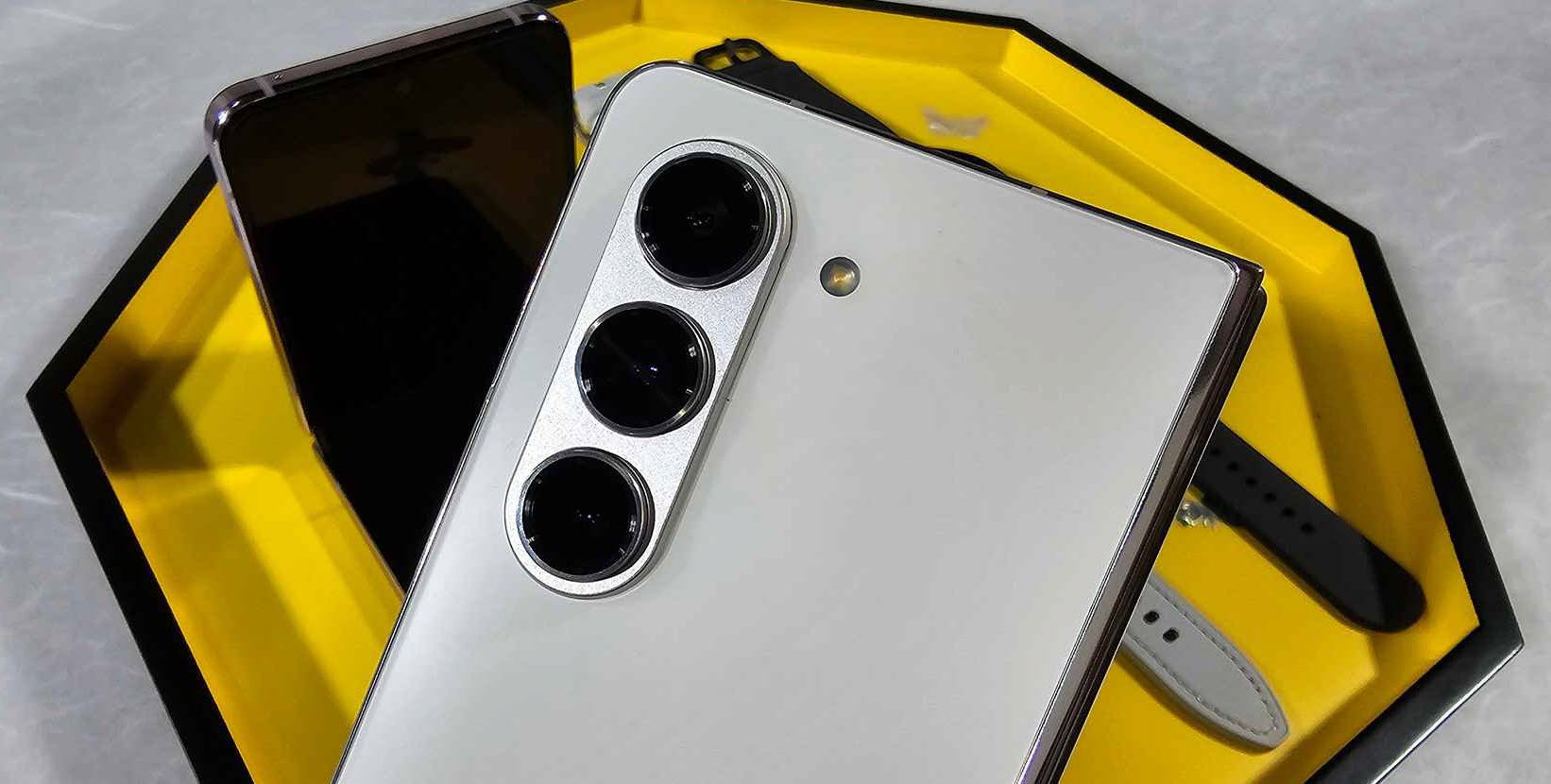
This doesn’t necessarily make it advisable to upgrade from the previous generation Fold, but it does show us what Samsung’s foldables will be like from now on – lighter and thinner. That alone makes the existence of this model worthwhile.
Regarding whether to buy it, the recommendation is the same as it was for its predecessor – it’s suitable for a niche of specific users who value having a large screen always at hand, one compatible with a stylus, and that folds for portability. And it comes with unmatched foldable software. For these reasons, the Fold 5 is already captivating.